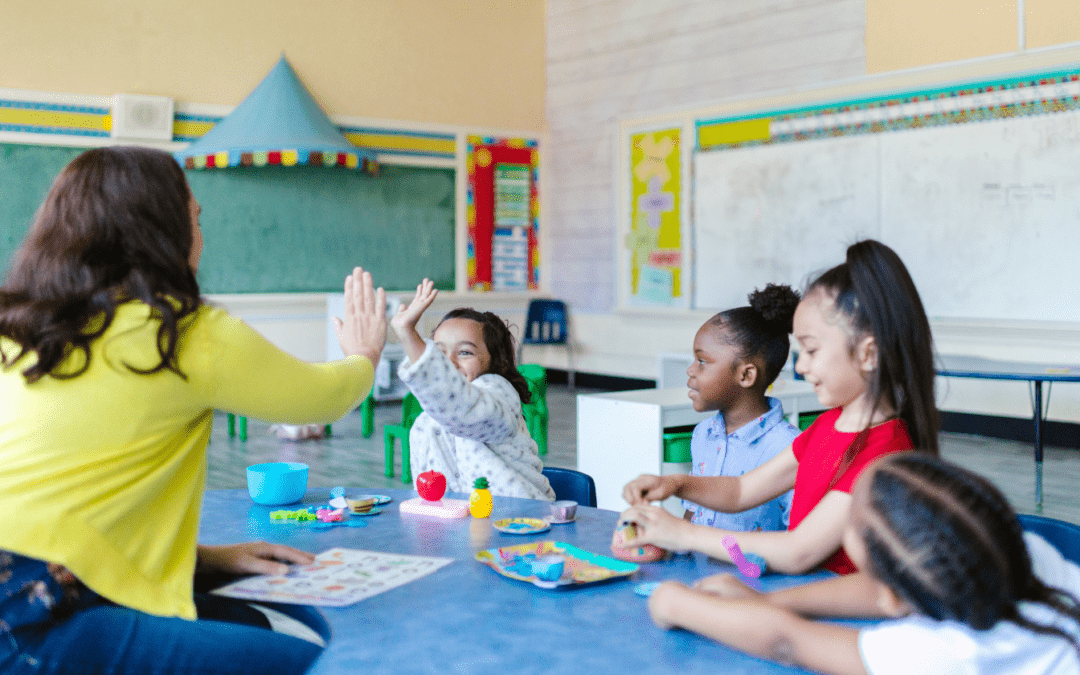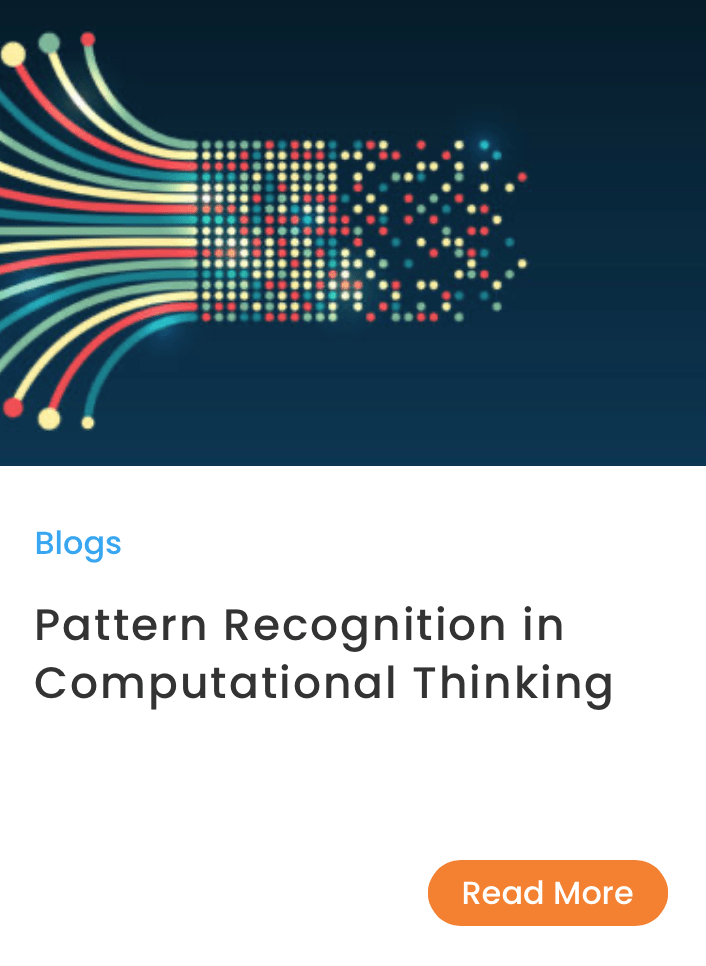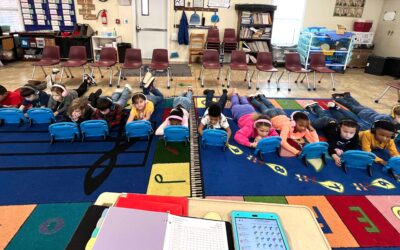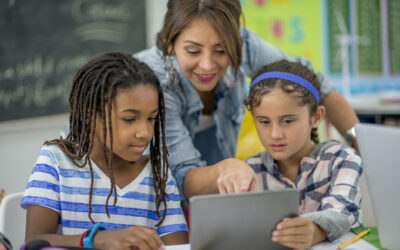How to Help Students Practice Pattern Recognition Skills
Some students are born with an innate ability to recognize patterns, but most students must practice pattern recognition to achieve this important skill. Here are some ideas for practicing pattern recognition in the classroom.
Pattern Recognition Worksheets
For younger students, pattern recognition worksheets can be a good way to start developing pattern recognition skills. These are worksheets that specifically have exercises to practice pattern recognition. Here are some helpful examples.
Ask Students to Find Patterns Around the Classroom or Home
Patterns are everywhere, but they can be easy to miss if we aren’t looking for them. Task students with finding as many patterns as possible in the classroom or around the home. To make it interesting, turn it into a competition — give a prize to the student who finds the most patterns, or make it more challenging and reward the student with the largest number of unique patterns.
Perform an Object Challenge
Bring several series of objects to the classroom. Ask students to identify similarities between the objects. Be creative: consider putting together a collection of random items without coming up with the similarities yourself — you may be surprised by what the students come up with.
Never Have I Ever — With a Twist
This popular party game can be made into a pattern recognition exercise with a twist. Present a problem and how you solved it — for instance, maybe you had to buy donuts for a teacher meeting and categorized donuts by type and price to determine the total cost. Ask your students if they’ve solved a problem using a similar problem-solving method before. The first student to do so gets a prize.
Play Board Games/Card Games
Many board games and card games require pattern recognition to succeed. Chess, Uno, Guess Who, Rack-o, Clue, and Memory are good examples. Even puzzles such as Sudoku or Minesweeper can be great practice for pattern recognition.
Practice Pattern Recognition in Computational Thinking
This probably goes without saying, but the most effective way for your students to develop pattern recognition skills for computational thinking is to practice pattern recognition in computational thinking. Consider starting each class period with a word problem written on the board that will emphasize the pattern recognition step of computational thinking to solve.
Examples of practice questions:
- A farmer is planting a plot of corn. There are 29 corn stalks in the first row, 36 corn stalks in the second row, 43 corn stalks in the third row, 50 corn stalks in the fourth row, and 57 corn stalks in the fifth row. If this pattern continues, how many tomato plants will there be in the eighth row?
- David owns a bookstore. He is arranging books onto shelves. He puts 1 book on the first shelf, 3 books on the second shelf, and 5 books on the third shelf. If the pattern continues, how many books will go on the sixth shelf?
- Jill is going to see a movie with friends. She has lost the schedule but knows the first movie begins at 12:00 and that new movies begin every 3 1/2 hours after that. It is now 4 pm. When does the next movie begin?
- Lisa is sorting buttons. She puts 4 buttons in the first box, 12 buttons in the second box, 20 buttons in the third box, 28 buttons in the fourth box, and 36 buttons in the fifth box. If this pattern continues, how many buttons will Lisa put in the eighth box?
Further Reading
For more information on pattern recognition and computational thinking, explore the articles below.

Learning.com Team
Staff Writers
Founded in 1999, Learning.com provides educators with solutions to prepare their students with critical digital skills. Our web-based curriculum for grades K-12 engages students as they learn keyboarding, online safety, applied productivity tools, computational thinking, coding and more.
Further Reading
Digital Skills for North Carolina Students
In our district, like most others, the use of digital learning tools has catapulted since the pandemic. With students online more than ever, it’s...
Why Teaching Kids to Code Supports Community Development
Teaching kids to code undoubtedly prepares them for the future of work. But what does this mean for the communities that helped them become career...
Enhancing Digital Citizenship by Understanding Confirmation Bias
Teaching confirmation bias as part of the digital literacy curriculum in schools is essential in today's information-saturated world. Confirmation...







